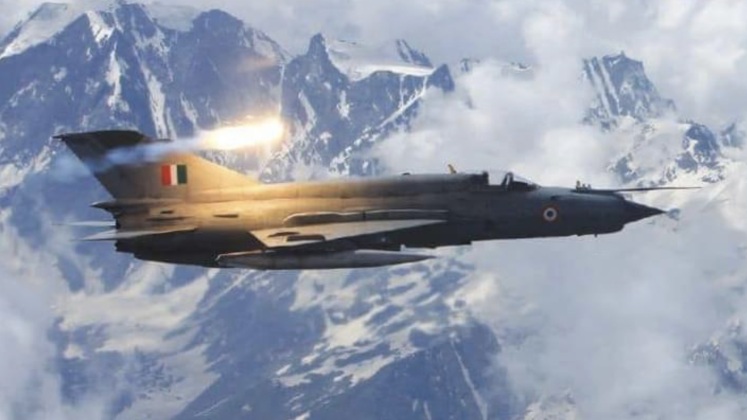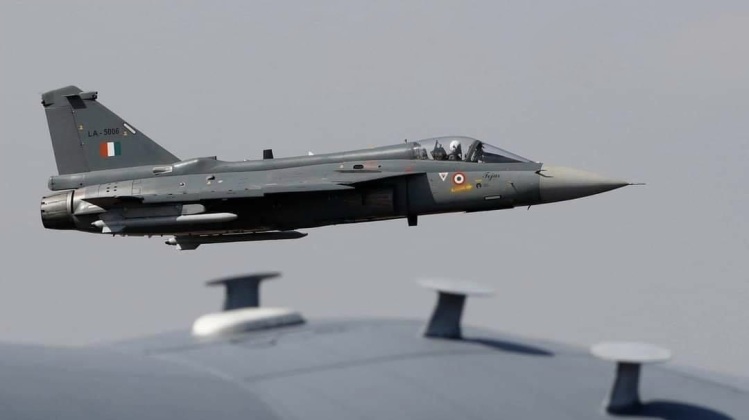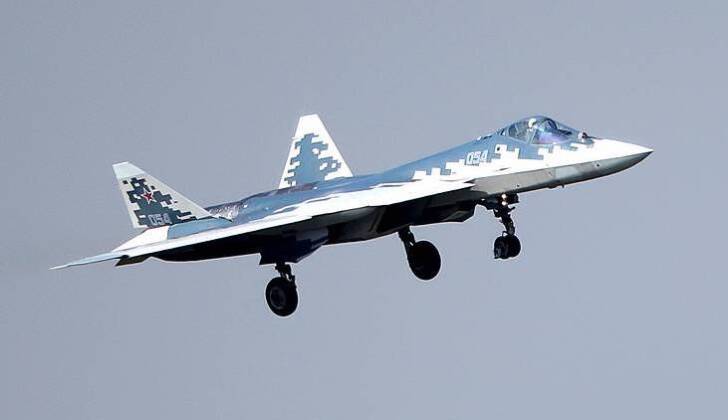News
India Retiring Soviet MiG-21s as it Plans Russian Su-57 Stealth Fighter Purchase
The Indian Air Force is scheduled to retire its final squadron of MiG-21 fighter aircraft on September 26, marking the end of 62 years of service for a fighter type which has been operational in the country for 62 years, since the first entered service in 1963. Other than its small fleet of Jaguar attack jets, the MiG-21 is the last pre-fourth generation fighter fielded by the South Asian state, with the aircraft having been extensively modernised with fourth generation avionics and weaponry. By the early 2000s Indian MiG-21s had more modern armaments and electronic warfare systems than any fighters in the Russian Air Force, with the aircraft having been equipped with the R-77 active radar guided air-to-air missile which was cutting edge at the time. The MiG-21 fleet has notably been kept in service for considerably longer than the MiG-23ML and MiG-27 third generation fighters, with modernisation of the older aircraft providing it with a greater combat potential, while it was considered more cost effective due to its much lighter weight and lower sustainment costs compared to the newer Soviet jets.

A primary factor lengthening the MiG-21’s time in service has been the major delays affecting the indigenous Tejas lightweight fighter program, which over 40 years after beginning development has yet to enter service on a large scale and has been hindered by significant cost overruns. Commitment to the Tejas program as a means to bolster local industry has limited interest in procuring other light or medium weight aircraft such as the MiG-29. Following the MiG-21’s retirement the Air Force is expected to strengthen its focus on modernisation of its fighter fleet, with years long delays to plans to procure fifth generation fighters having left its fleet in an unfavourable position. Although India is currently seeking to develop an indigenous fifth generation fighter under the Advanced Medium Combat Aircraft (AMCA) program, this is not expected to materialise until the late 2030s, and possibly much later, with the county’s major defence programs having a consistent record of serious delays. The Tejas has set a strong precedent in this regard despite being a much simpler and more conservative program, fuelling a growing consensus that the AMCA fighter is unlikely to bring a fighter into service before the late 2030s, and likely later still.

The perceived need to procure more capable fighters has grown since the Indian Air Force newly provided Rafales saw between one and five of their number shot down during clashes with the Pakistan Air Force in early May, reportedly by Chinese supplied J-10C fighters, causing a public relations disaster. The J-10C is not considered to be among China’s five most capable fighter classes, with its combat potential being considerably poorer than those of aircraft such as the J-16 and J-20, which makes the losses of Rafales to the aircraft particularly concerning. The results of the engagements has strengthened the growing consensus that European fighter aircraft are not capable of operating on a comparable level to their modern Chinese and American rivals. With procurements from both China and the United States considered unfeasible for political reasons, procurement the Russian Su-57 has emerged as one of the most likely possible options.

Not only does India face a need for more capable combat jets, but also for greater numbers of aircraft. The Indian Air Force currently has only 31 fighter squadrons operational, far short of the mandated 42, with each squadron’s fielding of approximately 18 to 20 aircraft meaning a shortfall of 11 squadrons is equivalent to approximately 200 aircraft. Although the possibility of an ‘off the shelf’ purchase of two squadrons’ worth of Su-57 fighters has been raised by Indian officials in the past, the Defence Ministry’s current focus on a license production deal indicates an interest large scale procurements, likely of closer to 200 aircraft. This will still be insufficient to fully make up the shortfall in numbers, however, as older aircraft such as the Jaguar and Mirage 2000 are expected to continue to be retired as the new stealth fighters are procured.

Providing an indication of the possible scale of Su-57 procurements, the last Russian fighter that was produced in India under license, namely the Su-30MKI, saw over 270 procured, over 80 percent of which were built in the country. In mid-July Indian Defence Secretary Rajesh Kumar Singh has confirmed that talks regarding the procurement of the Su-57, with an unprecedented offer having been made two months prior provide full access to the aircraft’s source code as part of a large license production deal. In March Russian state arms export conglomerate Rosoboronexport revealed that license production of the Su-57 in India could commence quickly through modernisation of the country’s existing production line for the older Su-30MKI fighters, which it observed “could be swiftly adapted to produce the Su-57E.” The Su-57’s intensive combat testing in the Ukrainian theatre, and the development of the new Su-57M1 variant with much improved capabilities, are among the factors that are likely to further increase interest, with the fighter expected to become the latest in a long series of Soviet and Russian origin designs that come to form the elite of the Indian fleet.












